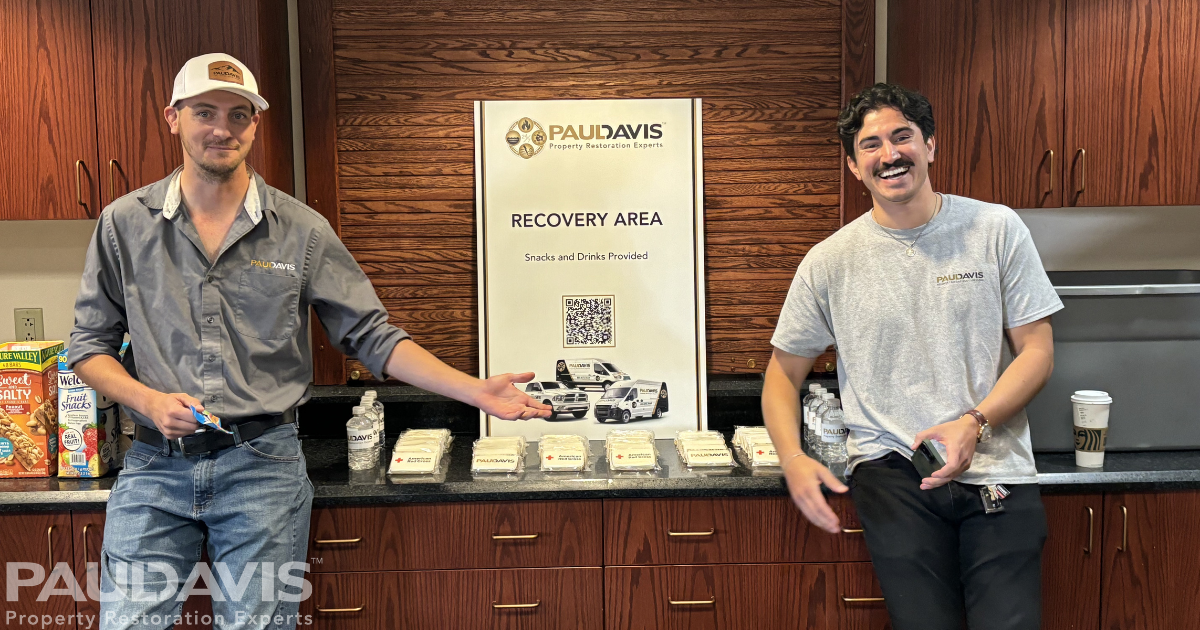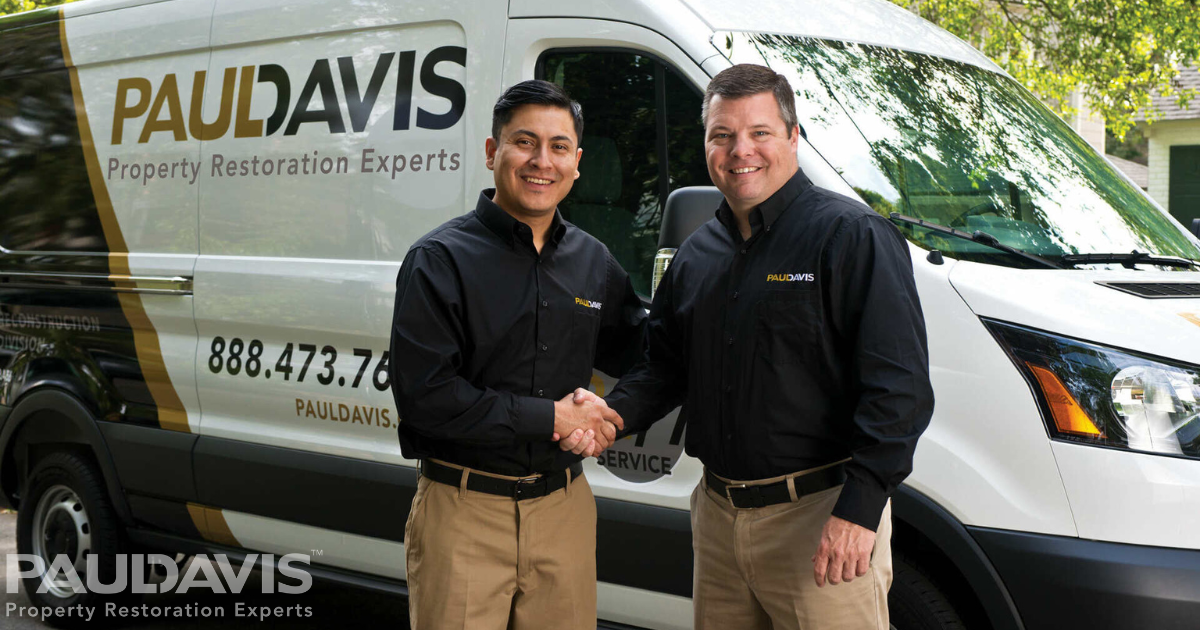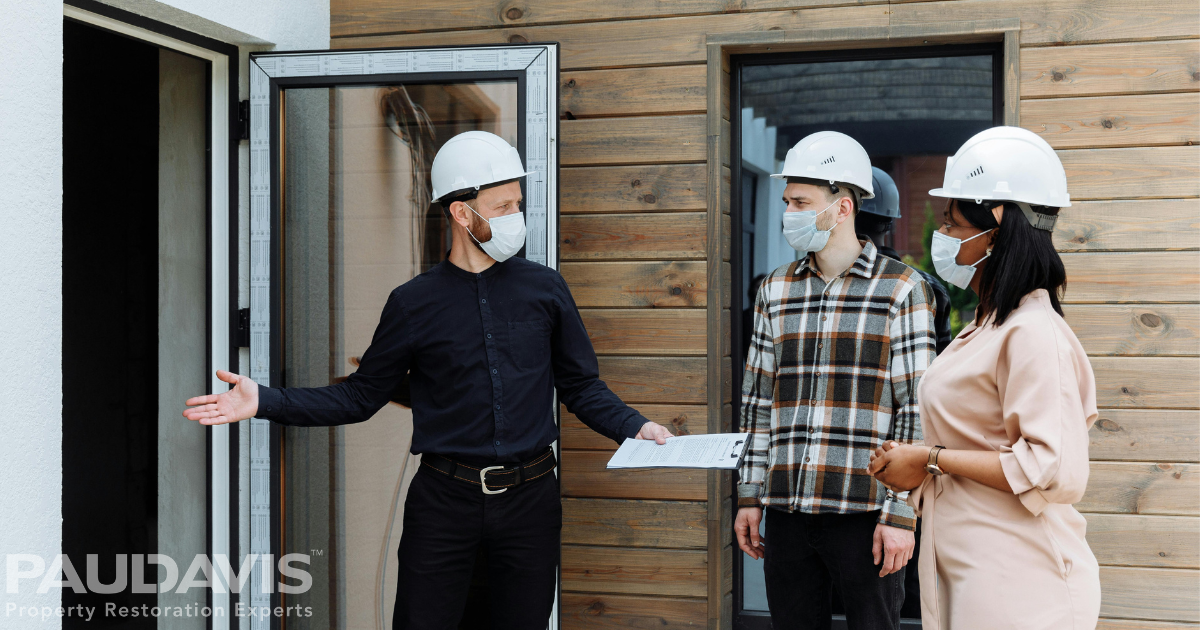Every year, floods kill more people than lightning, tornadoes and hurricanes combined. They can also wreak havoc on homes and businesses, requiring everything from new drywall and furnishings to completely new structures.
If your home or commercial property has been flooded, your first priority is safety. Stay away from the area until government officials say it’s safe to return. When you can go back, take emergency supplies and cash with you. If you can get to a phone, call your insurance company and, if necessary, a flood and water damage restoration contractor.
Then, you can get started on assessing the damage. Watch every step, because the risk of slips and falls is high. Also, be very cautious around appliances, gas lines and electrical equipment. Using them prematurely could cause electrical shocks and even explosions. And don’t forget that wet items can be very heavy. Don’t hurt yourself by overdoing it.
The Destruction Water Causes
Water gives us life, but it can also take life and ruin everything in its path. When it comes to your home or businesses, be aware of how the following items can be affected:
- Wallboard and drywall: These porous materials act like a sponge and become fragile in a flood, and may remain contaminated even after they dry out.
- Plaster: This thick material may not have to be replaced but it takes a very long time to dry. If it is severely cracked or warped, it will need to be replaced.
- Insulation: Foam sheets of insulation just need to be hosed off and dried, but muddy fiberglass batts should be thrown out. Cellulose insulation, made of blown-in treated paper, will need to be removed and replaced.
- Solid wood: Furniture and other solid wood items may warp and crack following a flood, but they can usually be saved when dried out completely.
- Particle board and laminated wood: These materials may separate and weaken after getting wet and usually need to be replaced.
- Wood studs and framing: These solid pillars are usually OK if they dry completely. They must be disinfected, but don’t usually have to be replaced. They are most often far from human contact, so risks of harm from any remaining contamination are low.
- Floor coverings: Most carpets and laminated coverings will have to be thrown out after a flood, especially any with soaked foam rubber backing. A professional cleaner may be able to save small rugs and valuable carpets, which should be removed from the site immediately.
- Pipes and electrical wiring: Floods can float or break pipes and strip electrical wiring. Unless you’re sure you know what you’re doing, work with a contractor if you see damage to these items.
- Appliances: These can be shorted out during floods and can leak harmful and explosive gases into the air. They will need to be cleaned and checked by a professional before use.
- HVAC: Heater and air conditioner units can become flooded, which can damage their internal electrical systems and douse pilot lights. They can also become muddy, and cleaning them will require professional cleaning. In addition, venting systems can flood and become contaminated. If that happens, they must be taken apart and hosed off piece by piece to prevent contamination from being blown through the air.
Dos and Don’ts of Flood and Water Damage Cleanup
Getting Ready
The first thing you will need to do after a flood is make sure that it’s safe for you and your family to be on the property.
- DO beware of rodents, snakes and insects that might have come in with flood waters
- DO smell for gas and look for damaged power and gas lines, foundation cracks and exterior damage
- DO look for broken pilings, shifted stairs, slanted floors and walls
- DO turn off water and power (unless you would have to do so while standing in water)
- DON’T enter your home or business if you see major structural damage
- DON’T walk on sagging floors or floors above sagging ceilings
- DON’T use electrical appliances or turn on ceiling fans and lights if the ceilings are wet
First Steps
Once you’re ready to start the cleaning process, it’s important to prioritize. At this stage:
- DO check that your running water is safe to drink and to use for cleaning
- DO flush your toilet before you use it to check for clogs from mud and debris
- DO check for cabinets and other items that may be ready to fall over
- DO temporarily patch holes in the walls and roof with plastic wrap and repair floors and roof sections with 4X4s if you can do so safely
- DO remove debris
- DO remove water trapped in walls
- DO open all the doors and windows to improve ventilation
- DO use a wet vac, shop vac, fans, dehumidifiers and desiccants (materials that absorb moisture) to start drying out the property
- DON’T drain a flooded basement too quickly, because rapid changes in pressure could cause the foundation to collapse
- DON’T do structural or electrical work yourself
- DON’T connect generators to the home’s power system, but plug in fans and appliances directly
- DON’T use generators, grills, camp stoves or charcoal inside homes or within closed areas
- DON’T use a household vacuum to remove water and mud
- DON’T let garbage pile up, as it could exacerbate contamination and house pests
- DON’T leave pools of standing water, which could become breeding grounds for mosquitoes
Putting it All Back Together
Once these major issues are handled, you can start on the water damage cleanup and flood restoration itself.
- DO wear protective clothing, boots and rubber gloves
- DO wash your hands often with soap and water
- DO remove all wall coverings and throw them out, as they may harbor mold
- DO remove drywall, finished ceilings and most insulation that’s been in contact with flood water
- DO throw out permeable materials such as padded furniture and foam rubber
- DO throw out all exposed food, beverages and medicine, including canned goods
- DO disinfect dishes and other items with soap and hot water, but throw out all soft plastics
- DO clean hard surfaces with hot water and soap or detergent
- Do wipe down wooden items and, if possible, take them elsewhere to dry out
- DO preserve items such as books, documents and photographs in re-sealable bags and freeze them to be cleaned later
- DO place aluminum foil or wood blocks in between wet floors and the legs of furniture that can’t be moved
- DO make a list of the damage and take photos or videos
- DO keep a piece of damaged floor and wall coverings to show your insurance assessor
- DO check with your mortgage holder before cashing home insurance checks, especially if the damage is extensive
Should You Call a Professional Restoration Service?
Cleaning up after a flood is a lot of work and it is possible to do much of it yourself. However, the costs in time, supplies and machinery rental escalate quickly. Furthermore, you may need professional contractors to do the work to be eligible for home and flood insurance reimbursements or to acquire building permits. If you would like expert help with your flood cleanup or simply want a second pair of eyes for safety, call Paul! Our nationwide network of flood and water damage cleanup professionals is available 24/7.











